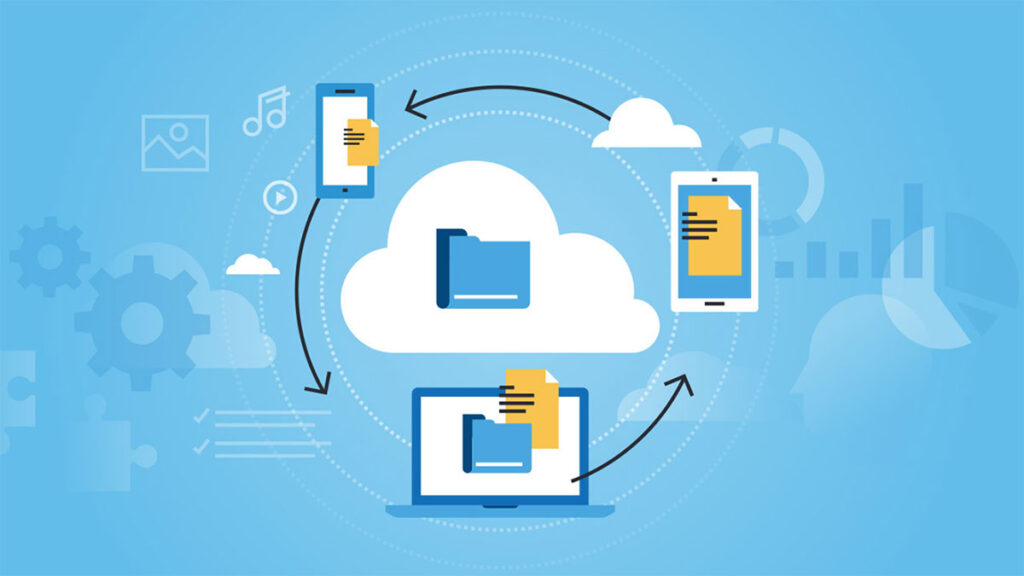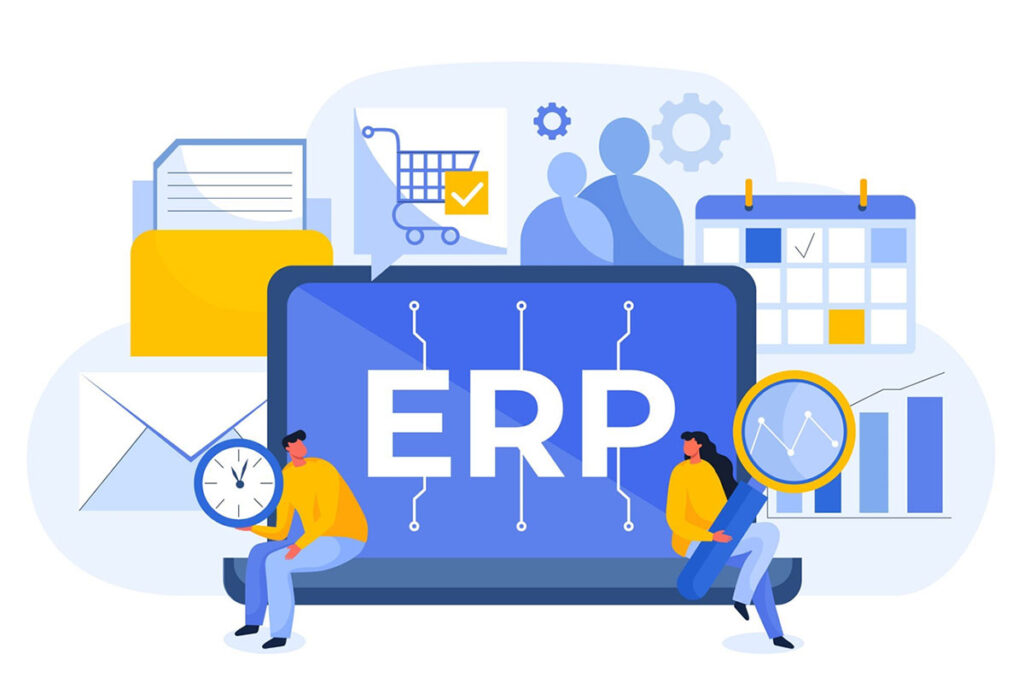Document Management in the Cloud: Embracing Flexibility and Accessibility

Introduction
In today’s dynamic business landscape, the shift towards cloud-based solutions has been nothing short of revolutionary. One area where this transformation is particularly impactful is document management. Embracing the cloud not only simplifies processes but also brings about unprecedented flexibility and accessibility, changing the way organizations handle and share their crucial information.
The Evolution of Document Management
Traditionally, managing documents involved physical storage, manual filing systems, and limited accessibility. However, the advent of cloud technology has reshaped this landscape. Organizations are now empowered to store, organize, and access their documents securely from anywhere in the world.
Key Benefits of Cloud-Based Document Management
Flexibility and Scalability:
Cloud-based document management systems offer unparalleled flexibility, allowing organizations to scale their storage needs seamlessly. As businesses grow, the cloud adapts to accommodate increased data volumes without the need for extensive infrastructure upgrades.
Enhanced Accessibility:
The cloud erases geographical boundaries, enabling team members to access documents from any location with an internet connection. This accessibility fosters collaboration among remote and distributed teams, boosting overall productivity.
Cost-Efficiency:
Unlike traditional document management systems that require significant upfront investments in hardware and maintenance, cloud solutions operate on a subscription model. This ensures cost-effectiveness, particularly for smaller businesses, as they only pay for the resources they use.
Security in the Cloud: Debunking Myths
One common concern with cloud-based solutions is data security. However, cloud providers implement robust security measures, including encryption, access controls, and regular audits, to ensure that sensitive information remains protected. Understanding these security features is crucial for organizations considering a transition to the cloud.
Making the Move: Best Practices for Implementation
- Assess Your Needs: Begin by understanding your organization’s document management requirements. Identify the types of documents you handle, collaboration needs, and compliance considerations.
- Choose the Right Cloud Provider: Select a reputable cloud service provider that aligns with your business goals. Consider factors such as security protocols, service-level agreements (SLAs), and scalability.
- Data Migration: Plan a seamless transition by carefully migrating existing data to the cloud. This process should prioritize data integrity, ensuring that all files are accurately transferred and easily retrievable.
- Employee Training: Equip your team with the necessary skills to navigate and utilize the new cloud-based document management system. Training sessions can mitigate resistance to change and maximize the benefits of the new platform.
The Future of Document Management: Where Cloud Technology Takes Us Next
As technology continues to advance, we can expect even more innovative features in cloud-based document management. Artificial intelligence, machine learning, and advanced analytics are poised to further enhance document categorization, search capabilities, and predictive analysis.
In conclusion, the transition to cloud-based document management represents a paradigm shift in how organizations handle their information. Embracing flexibility and accessibility, the cloud is not just a technological upgrade; it’s a strategic move towards a more agile and collaborative future. As businesses navigate this digital transformation, the benefits of streamlined processes, enhanced security, and improved accessibility position cloud-based document management as a cornerstone of modern business operations.
The Transformative Impact of ERP for Small and Medium-sized Enterprises (SMEs)

Introduction
In the dynamic world of business, Small and Medium-sized Enterprises (SMEs) play a vital role in driving innovation, fostering economic growth, and creating job opportunities. As SMEs face the challenges of scaling operations and maintaining competitiveness, the strategic adoption of Enterprise Resource Planning (ERP) systems emerges as a powerful solution. This blog post explores how ERP can be a game-changer for SMEs, enhancing efficiency, streamlining processes, and paving the way for sustainable growth.
Understanding the SME Landscape
- Unique Challenges: SMEs often operate with limited resources and must navigate challenges such as constrained budgets, leaner teams, and the need for rapid adaptability in a competitive market.
- Opportunities for Growth: While SMEs may face challenges, they also possess agility and the potential for rapid growth. To capitalize on opportunities, it’s crucial for SMEs to optimize their internal processes and embrace technological solutions that facilitate scalability.
The Role of ERP in SMEs
- Resource Optimization: ERP systems consolidate and automate various business processes, enabling SMEs to optimize resource utilization. This includes managing finances, inventory, and human resources more efficiently.
- Improved Decision-Making: Informed decision-making is a cornerstone of successful business operations. ERP provides real-time data and analytics, empowering SMEs to make strategic decisions based on accurate, up-to-date information.
- Enhanced Productivity: With streamlined workflows and automated tasks, ERP eliminates manual processes that can be time-consuming. This allows SMEs to redirect their focus towards innovation, customer engagement, and core business activities.
- Scalability: As SMEs grow, their business processes must scale accordingly. ERP systems are designed to be scalable, ensuring that as the business expands, the technology can adapt to increased data, users, and transactions seamlessly.
- Cost Efficiency: Contrary to the misconception that ERP is only for large enterprises, modern ERP solutions are available at various price points, making them accessible to SMEs. The cost savings from increased efficiency often outweigh the initial investment.
Success Stories: How SMEs Thrive with ERP
Let’s delve into a couple of hypothetical scenarios to illustrate the positive impact of ERP on SMEs:
Scenario 1: E-commerce Startup
Challenge:
- A growing e-commerce startup struggled with order fulfillment delays and inventory management issues.
ERP Solution:
- Implementing an ERP system streamlined order processing, improved inventory accuracy, and enhanced customer satisfaction.
Scenario 2: Manufacturing SME
Challenge:
- A small manufacturing firm faced challenges with production scheduling, leading to inefficiencies and increased lead times.
ERP Solution:
- The adoption of ERP optimized production workflows, reduced lead times, and improved overall operational efficiency.
Conclusion
For SMEs, the decision to implement an ERP system is not just about adopting technology; it’s about laying the groundwork for sustained growth and competitiveness. By leveraging the power of ERP, SMEs can overcome operational challenges, enhance productivity, and position themselves for success in an ever-evolving business landscape. As the heartbeat of economic development, SMEs equipped with ERP are not merely surviving; they are thriving, contributing to the innovation and dynamism that characterizes the heart of the business world.
